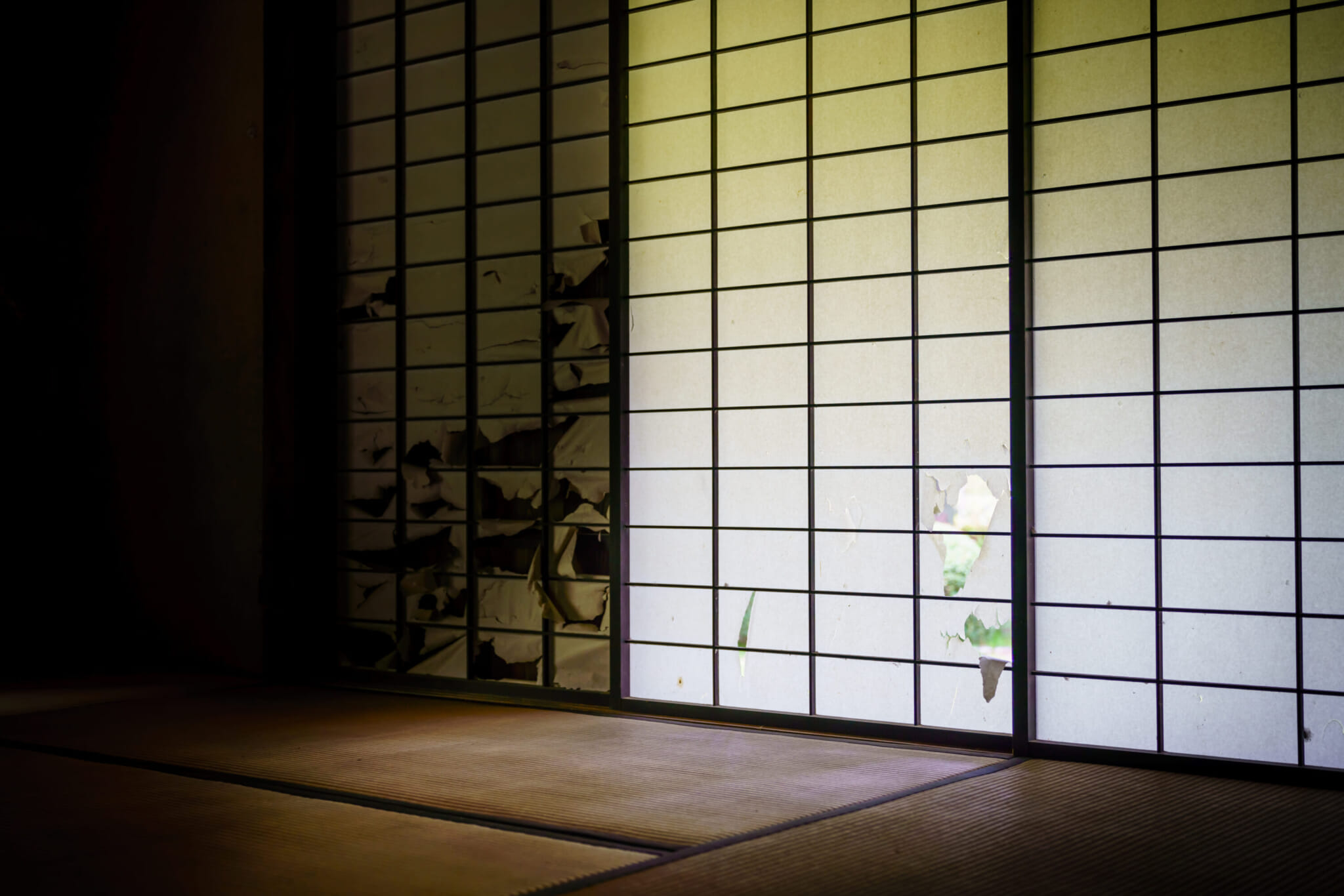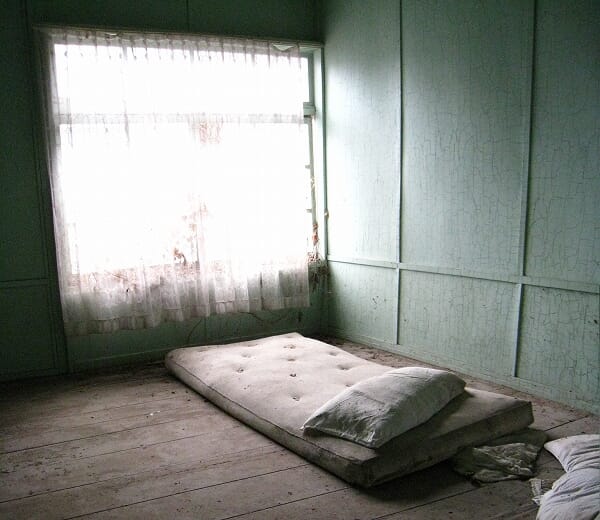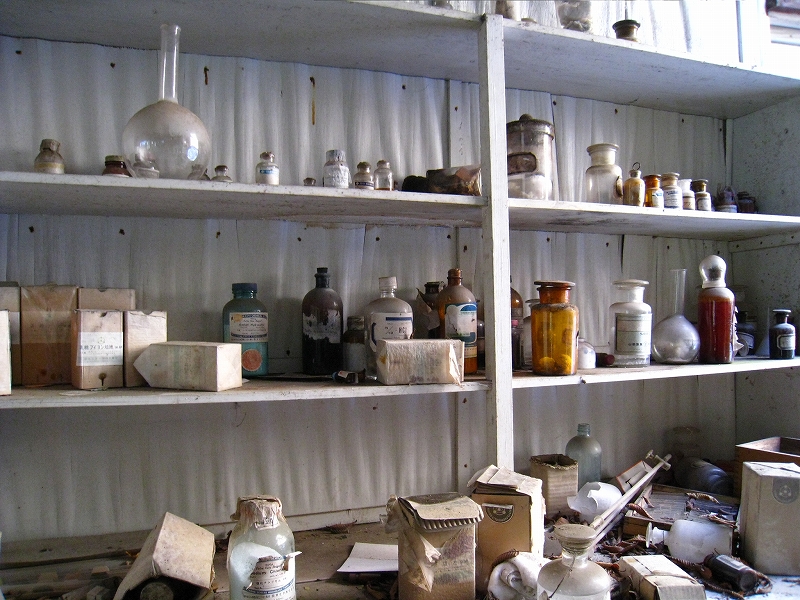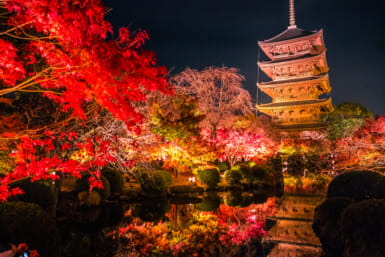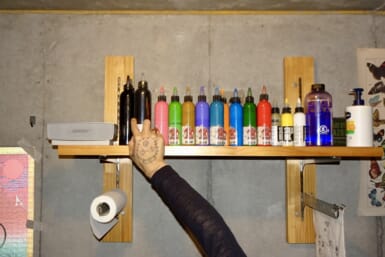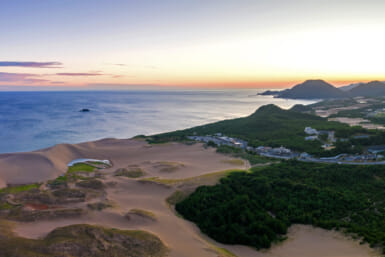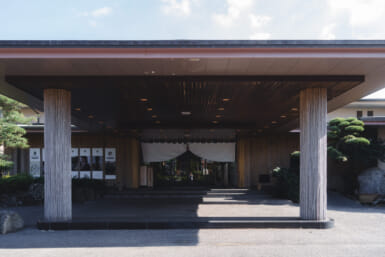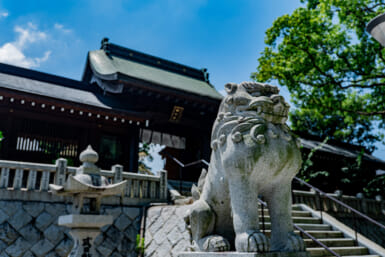With Halloween coming up soon, we thought we’d look at some of Japan’s most haunted places for our latest List of 7. We begin our journey in the country’s northernmost prefecture of Hokkaido.
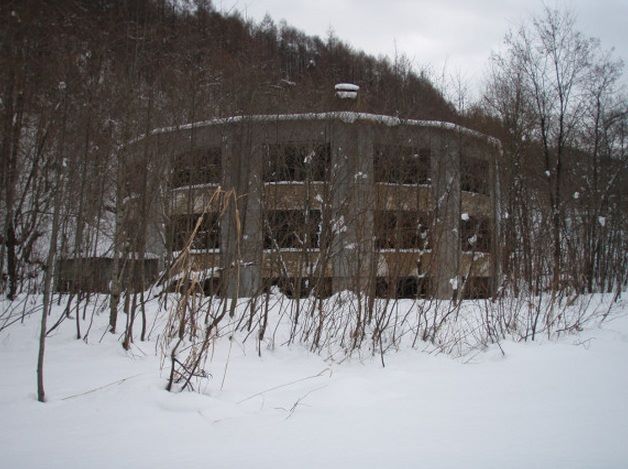
Bibai’s Round Schoolhouse
Located between Sapporo and Asahikawa in central Hokkaido, Bibai is known as a quiet and peaceful town, yet it’s also home to one of Japan’s most famous haunted places. Within the forest lies an abandoned circular building that used to be part of Shoto Elementary School. Some people have claimed to have seen mysterious lights and shadow people surrounding the school. Others say they’ve heard screams as well as a girl giggling.
An education center was first built on the grounds in 1906. After having its name changed several times, the school was expanded in the 1950s when an influx of workers for the Mitsubishi coal mine arrived. The mine closed in 1972, followed by the school two years later. A drop in enrollment was the official reason given, though this didn’t prevent rumors from spreading about something more sinister — namely the disappearance of a girl during a break in class.

Mount Osore
Known as one of Japan’s three most sacred sites — along with Mount Koya and Mount Hiei — Mount Osore (“Osorezan” in Japanese) is said to be a gateway to the underworld. Translated as “Fear Mountain,” it’s an active volcano in Aomori Prefecture featuring geographical elements similar to Buddhist descriptions of heaven and hell. The sight of the fumaroles (steam vents) scattered around the place contrasts sharply with Gokurakuhama (Paradise Beach) located slightly beyond the volcanic landscape.
To get to the beach, visitors pass a river referred to as Sanzu no Kawa, which, according to Buddhist mythology, all dead souls must cross as they make their way to the afterlife. The legend is similar to that of the River Styx in ancient Greek mythology. In the summer and autumn, festivals take place at Osorezan, during which itako — blind women trained as spiritual mediums — perform ceremonies to communicate with the spirits of the recently deceased.
Nitchitsu Clinic
Located around 50 kilometers from Chichibu Station in Saitama Prefecture, the abandoned village of Ogurazawa, commonly known in English as Nitchitsu Ghost Town, is a well-known destination for haikyo hunters. In the 1600s, the area was discovered to be rich in gold deposits. Three centuries later, the Nitchitsu Corporation purchased the mine there, modernizing it, as well as lending its name to local facilities like the clinic. A mining village emerged, with two schools and several facilities, including a post office and a cinema. At its peak, 3,000 inhabitants lived in the area.
By the end of the 1980s, however, the village was completely abandoned. It’s now an eerie place that looks like the setting of a horror movie. It is, therefore, popular with ghost-seekers. The scariest location is the clinic, where people claim to have heard the voices of children either laughing or crying. Inside the doctor’s office, visitors found human organs, including a brain. According to haikyo photographer Jordy Meow, however, the brain has since disappeared.
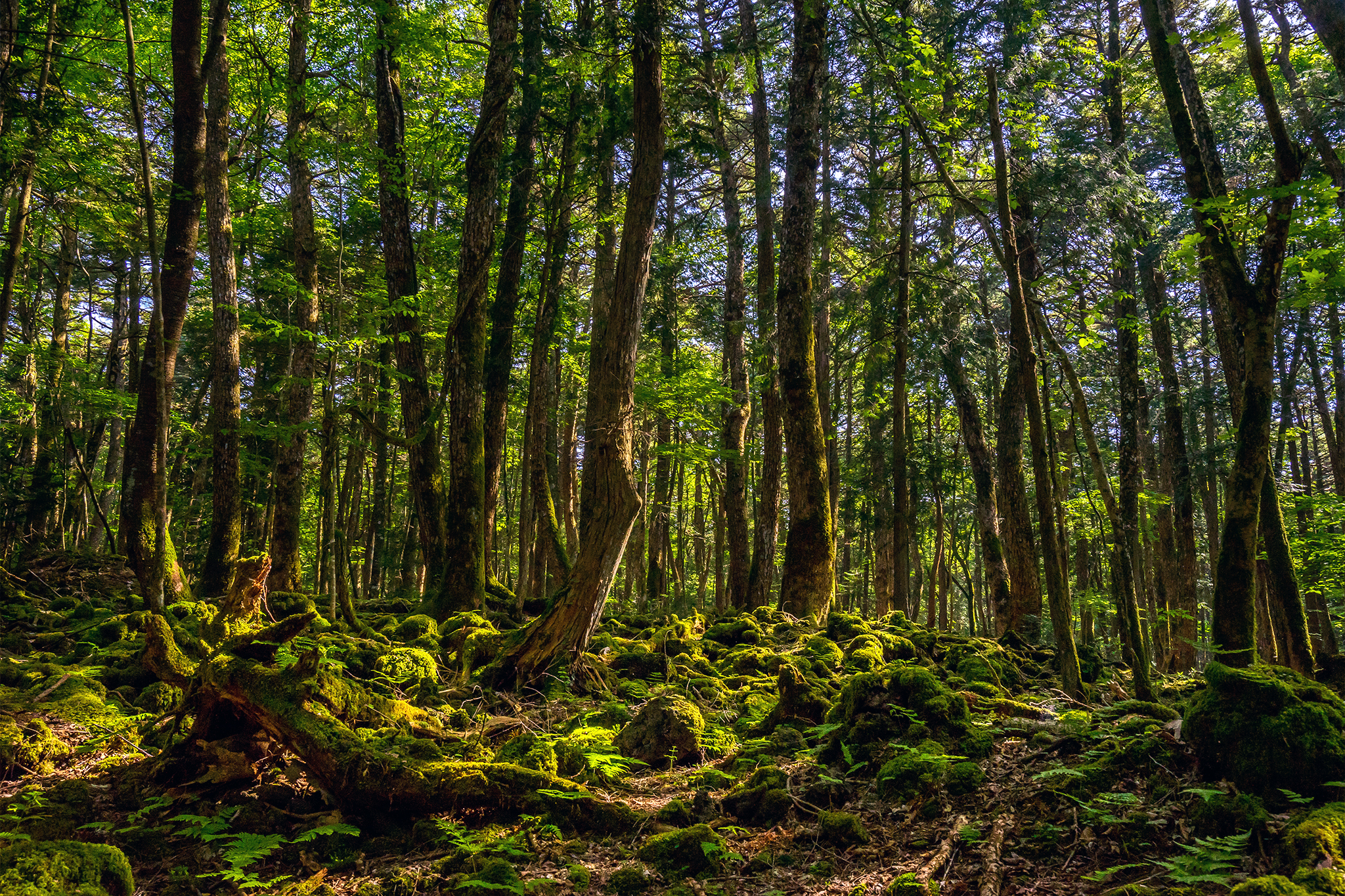
Aokigahara Forest
Aokigahara
Formed from hardened lava after Mount Fuji erupted in 864 CE, Aokigahara was, according to folklore, a place where people once practiced ubasute — a form of senicide that involved abandoning an elderly person in a remote place. It was subsequently associated with death and evil spirits, known as yurei. A hauntingly beautiful destination with lush greenery and deep lava caves, it has become known as one of Japan’s leading suicide spots in recent decades.
The suicide rate there reportedly started to rise after the release of Seicho Matsumoto’s 1960 novel Tower of Waves, in which a couple take their own lives together in the forest. At the entrance of the woods, there is a sign reminding visitors that life is a precious gift. “Quietly think once more about your parents, siblings or children,” it says in Japanese. “Please don’t suffer alone, and first reach out.”
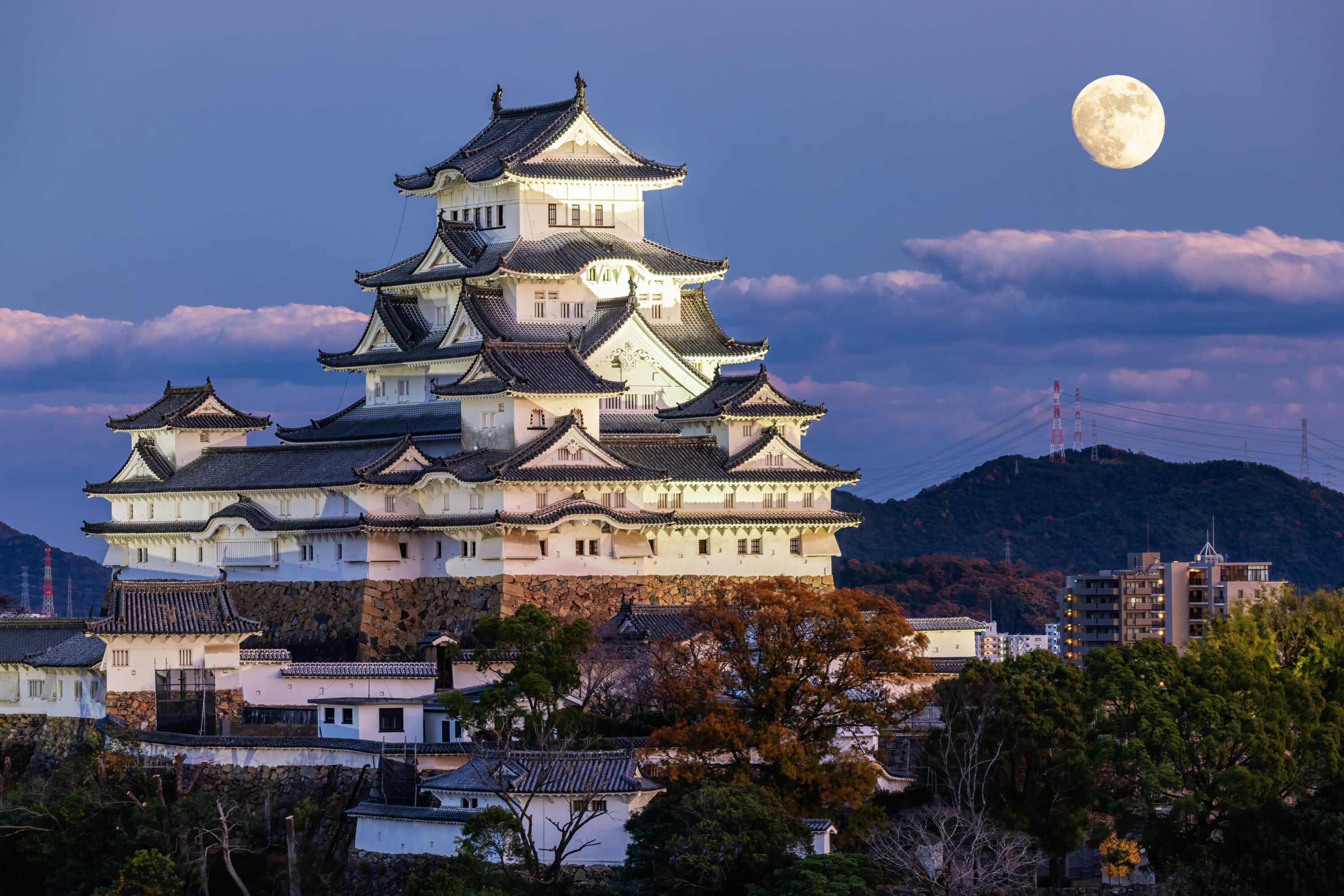
Himeji Castle
Known as the “White Heron Castle” due to its elegant facade, Himeji is the largest and most visited castle in all of Japan. It is also said to be one of the most haunted. Within the castle grounds is Okiku’s Well, which was reportedly the inspiration for Koji Suzuki’s Ring novels and the subsequent movie adaptations. There are various stories regarding Okiku’s death. The most famous was told in the bunraku play titled Bancho Sarayashiki in 1741.
According to the tale, Okiku served as a maid in the service of the samurai Aoyama Tessan. After she rejected his advances, he hid one of his precious plates and blamed her for losing it. He promised to overlook the matter if she became his lover. Once again, she refused. Aoyama and his servants subsequently tortured Okiku before slashing her with his sword and throwing her in the well. She then returned as an onryo (vengeful ghost).
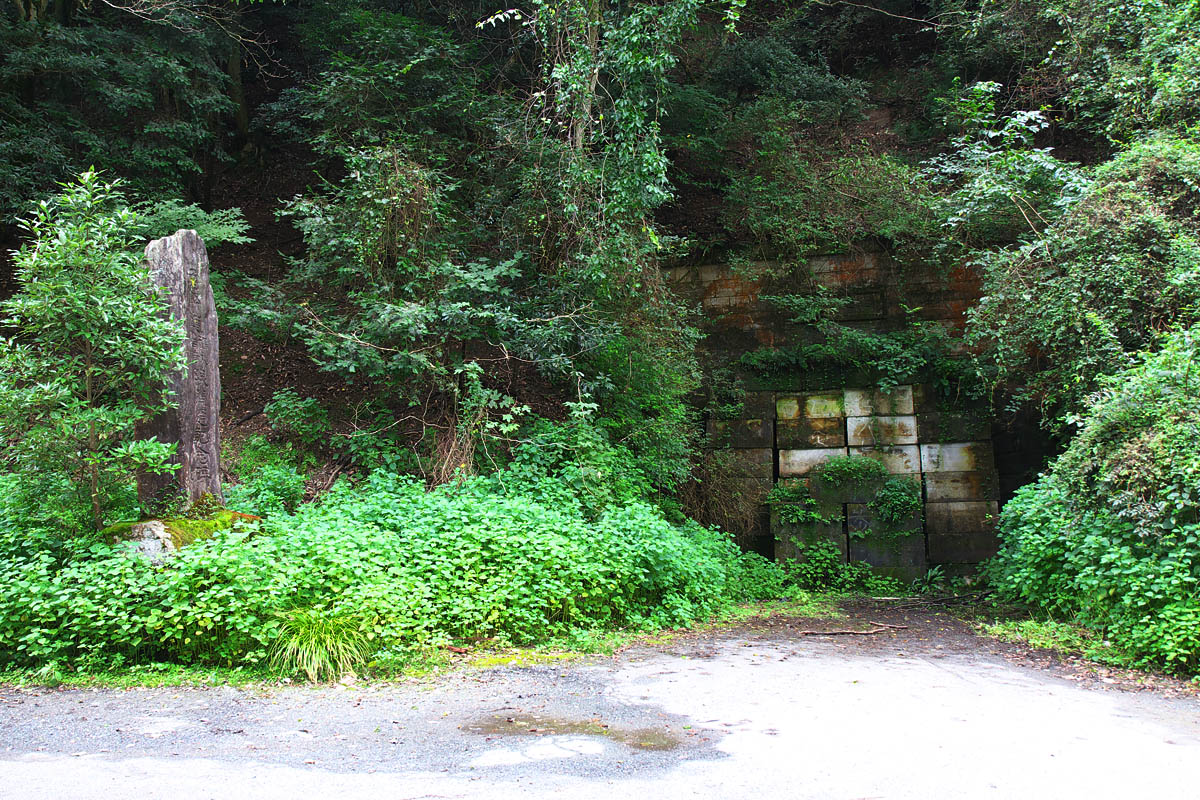
A sealed-off entrance to the Old Inunaki Tunnel. By Pontafon – Own work, CC BY-SA 4.0, https://commons.wikimedia.org/w/index.php?curid=46028091
Old Inunaki Tunnel
In a 2021 survey asking people to name Japan’s most terrifying location, the Old Inunaki Tunnel finished on top. This is probably due to the fact that the tunnel and the surrounding area have been linked to a number of murder cases down the years, the most famous of which occurred in 1988, when a group of five teens kidnapped, robbed and tortured 20-year-old factory worker Kouichi Umeyama, as they wanted to steal his car.
Umeyama was found burned to death, and the perpetrators were sentenced to life imprisonment. The tunnel has since been sealed using concrete blocks, but people claim that they can still hear his screams coming from inside. There’s also an urban legend about the so-called Inunaki village, which doesn’t exist on any maps. It’s said that at the entrance, there’s a sign that reads: “The Constitution of Japan does not apply from this point onwards.”
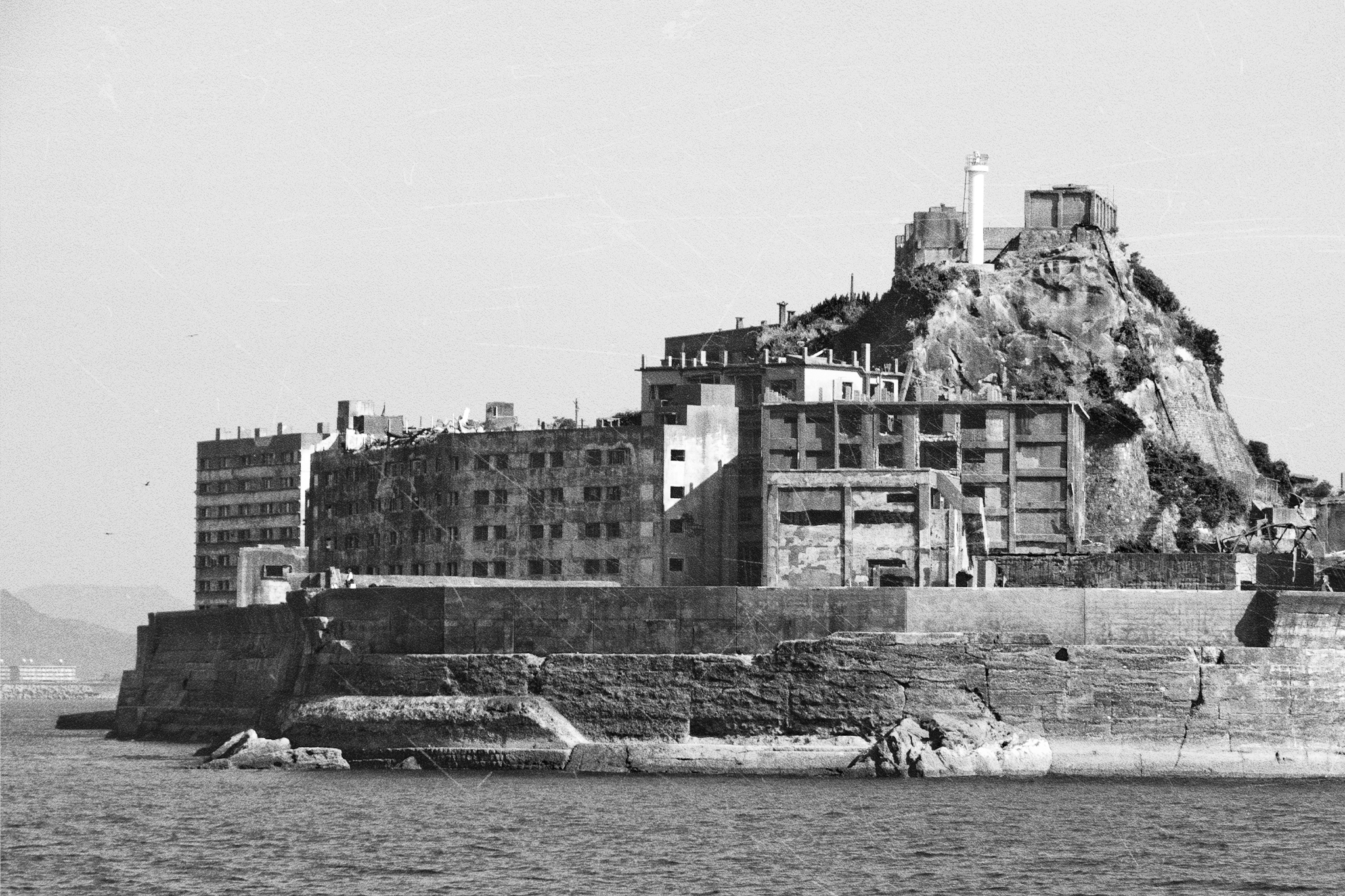
Hashima Island
The inspiration for Raoul Silva’s deserted hideout in the James Bond movie Skyfall, Hashima Island — commonly called Gunkanjima due to its battleship-like shape — was home to thousands of residents until the coal mine closed in 1974. Many of the buildings on the island were constructed by Korean and Chinese prisoners forced to work there in the 1930s and 1940s. A number of the conscripted laborers died due to the harsh conditions — estimates range from around 100 to over 1,000.
Some believe the ghosts of dead workers have taken over the island. Fishermen sailing nearby have claimed to have seen flickering lights despite there being no electricity. There have also been reports of strange noises and cold spots. In 2009, Nagasaki issued permits, allowing ferry operators to take tourists to a small area of Gunkanjima. Six years later, the island was controversially approved as a UNESCO World Heritage Site as part of the Sites of Japan’s Meiji Industrial Revolution series.

